
Insulation
In the realm of building materials, insulation stands out as a pivotal category, crucial for enhancing the comfort, energy efficiency, and sustainability of buildings. Insulation refers to materials or systems designed to prevent the transfer of heat, sound, or electricity from one area to another. Typically used in walls, roofs, floors, and around pipes and ductwork, insulation materials play an essential role in maintaining the desired temperature within a building, contributing significantly to energy conservation and cost savings on heating and cooling. The importance of effective insulation cannot be overstated, as it directly impacts the building's environmental footprint by reducing the demand for energy. Furthermore, insulation improves soundproofing, making indoor environments quieter and more serene. With a variety of materials available, including fiberglass, cellulose, mineral wool, and foam board, each offering distinct advantages and suited for different applications, selecting the right insulation product requires careful consideration of thermal performance, fire resistance, and environmental impact. As the demand for sustainable building practices grows, the insulation category continues to evolve, introducing innovative solutions that not only protect buildings from the elements but also contribute to healthier, more energy-efficient living spaces. For those in the construction and renovation sectors, understanding the nuances and benefits of different insulation types is essential for making informed decisions that align with modern building standards and client expectations.

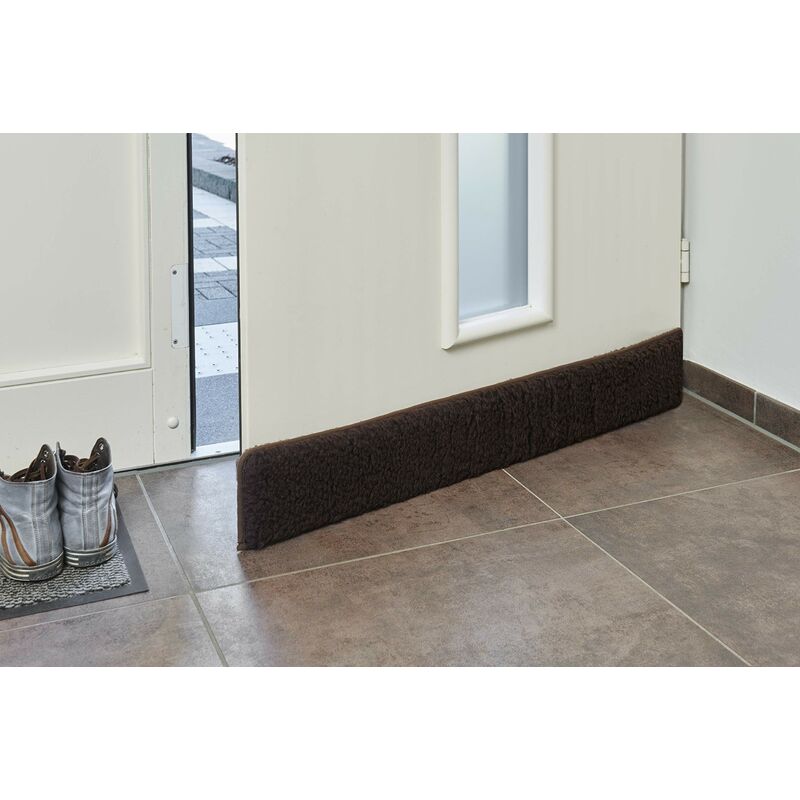
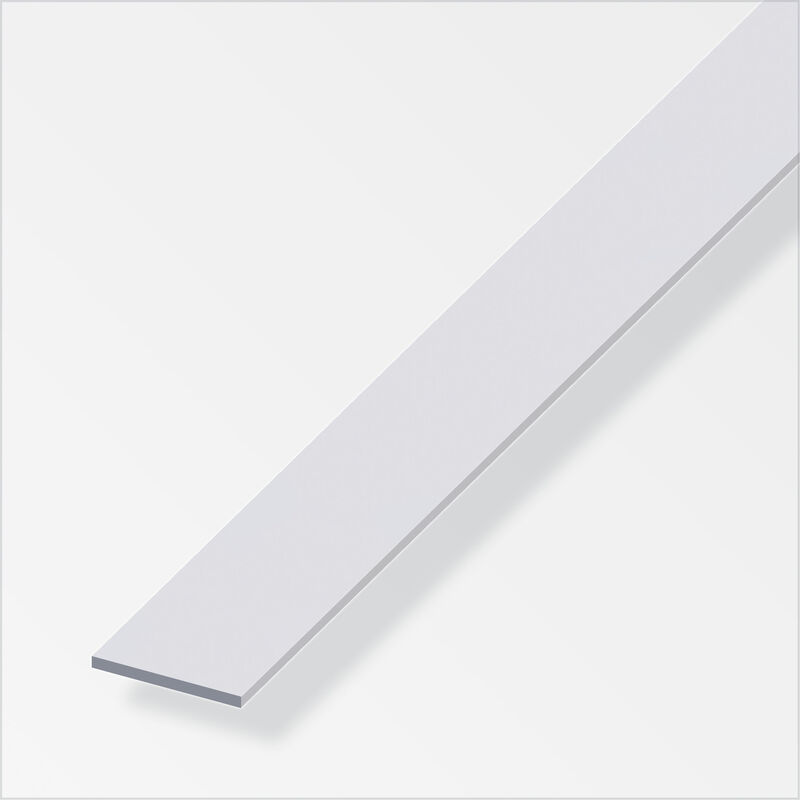
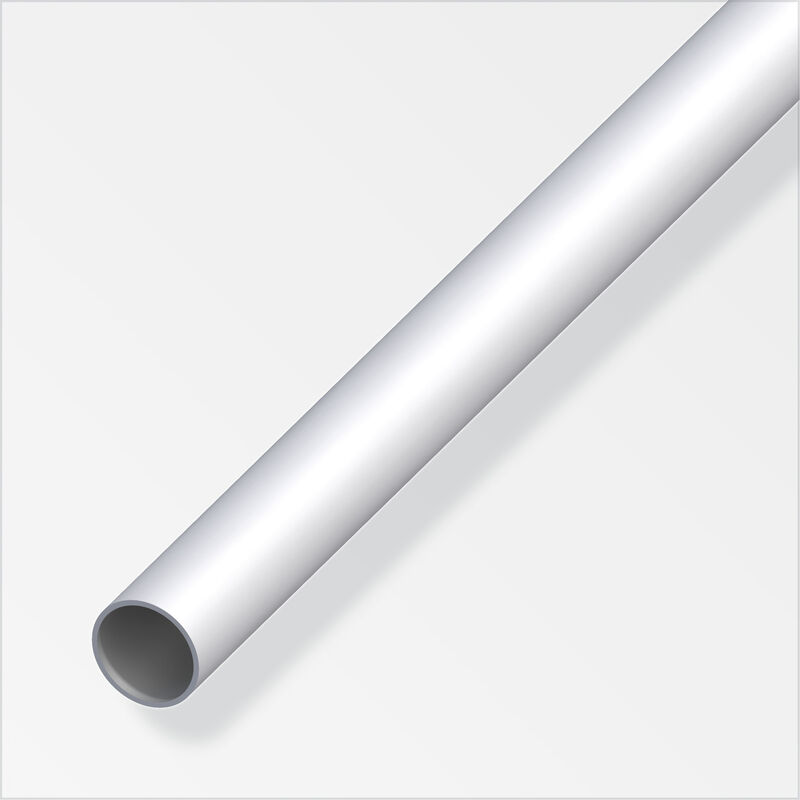
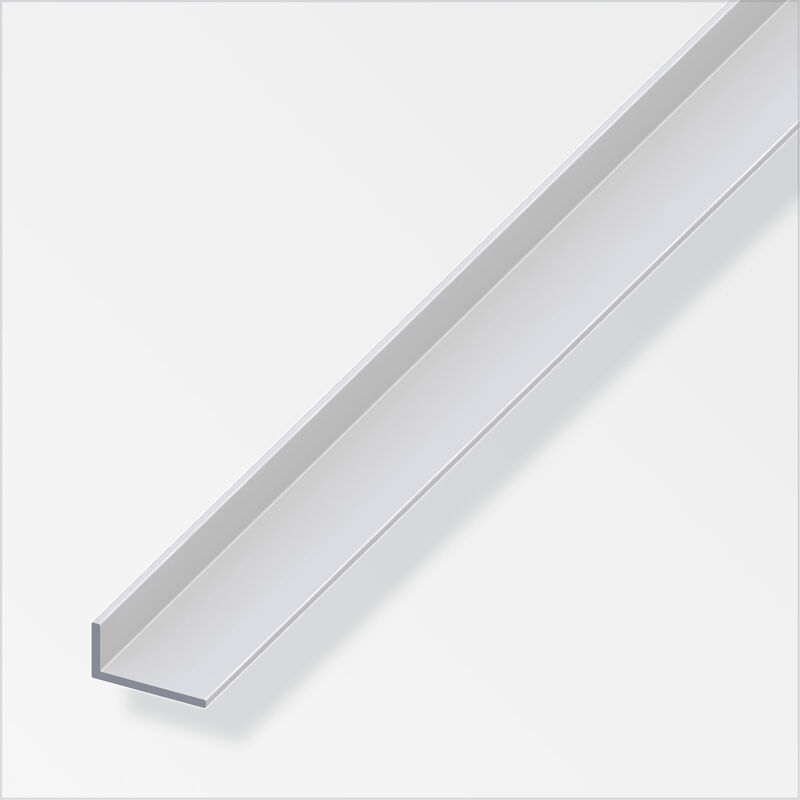
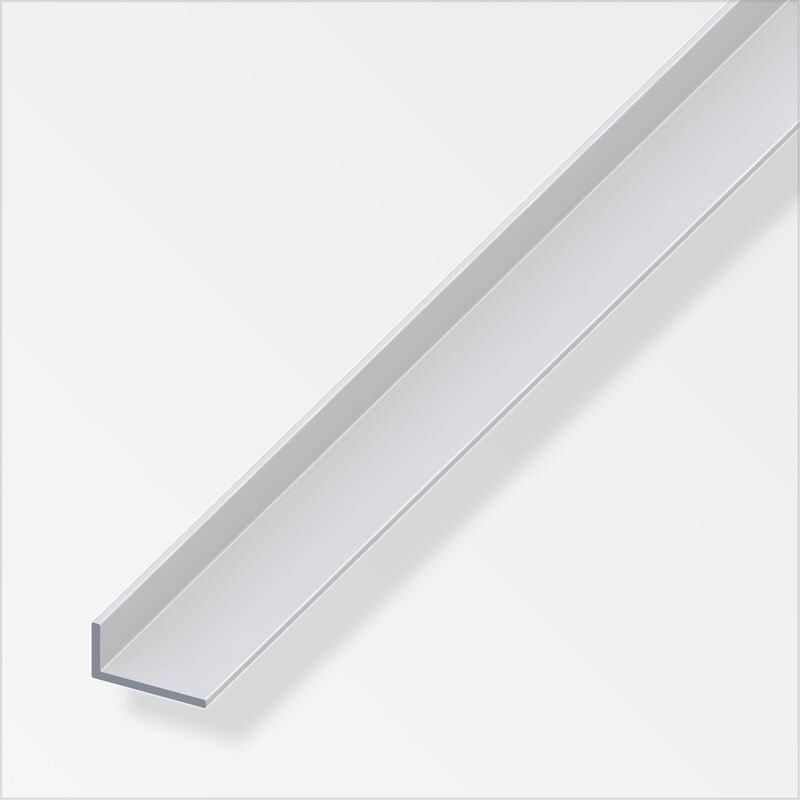
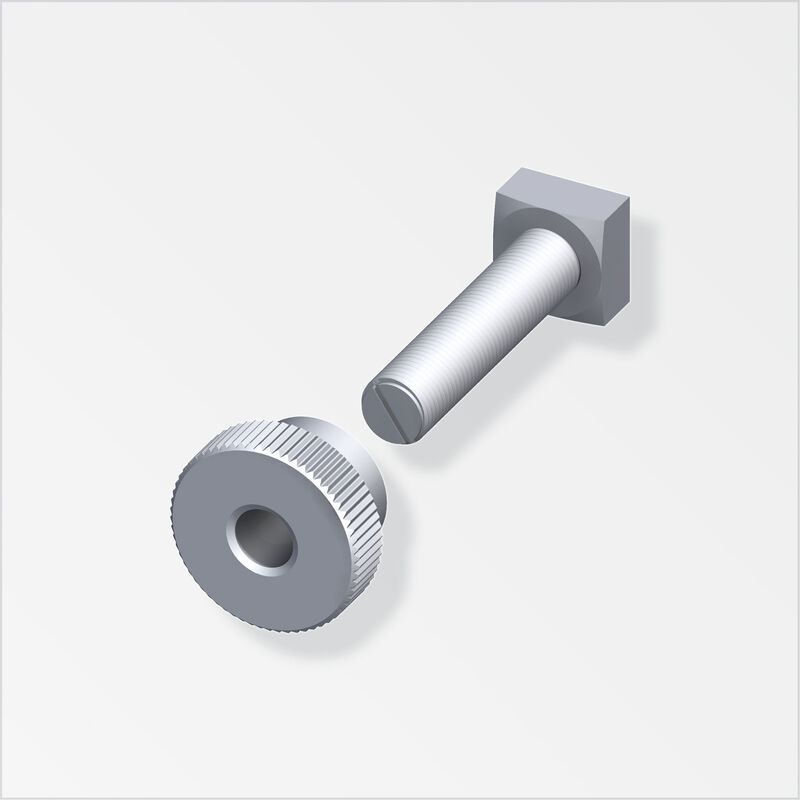
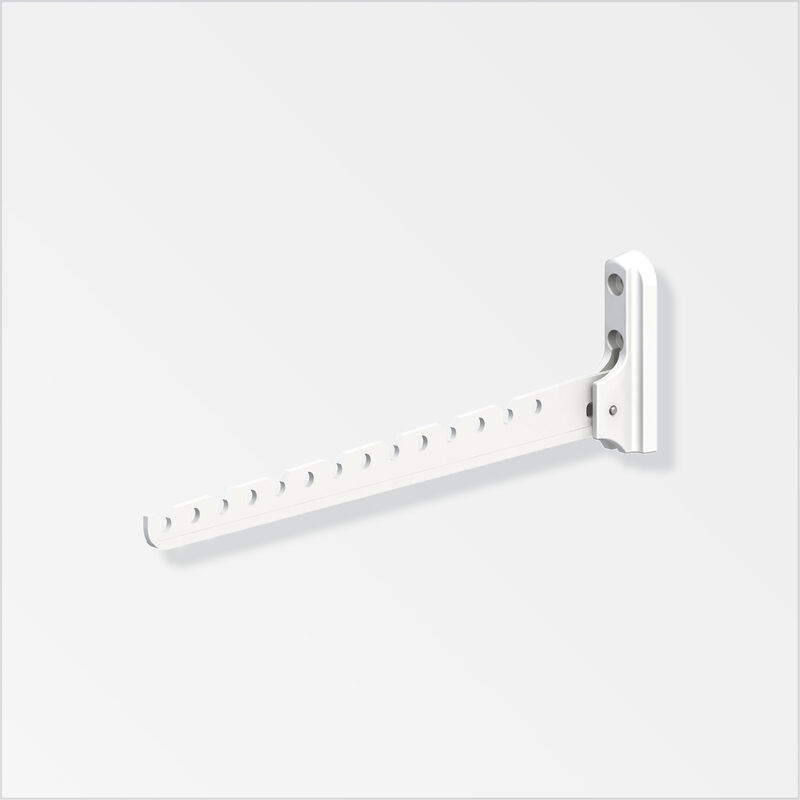
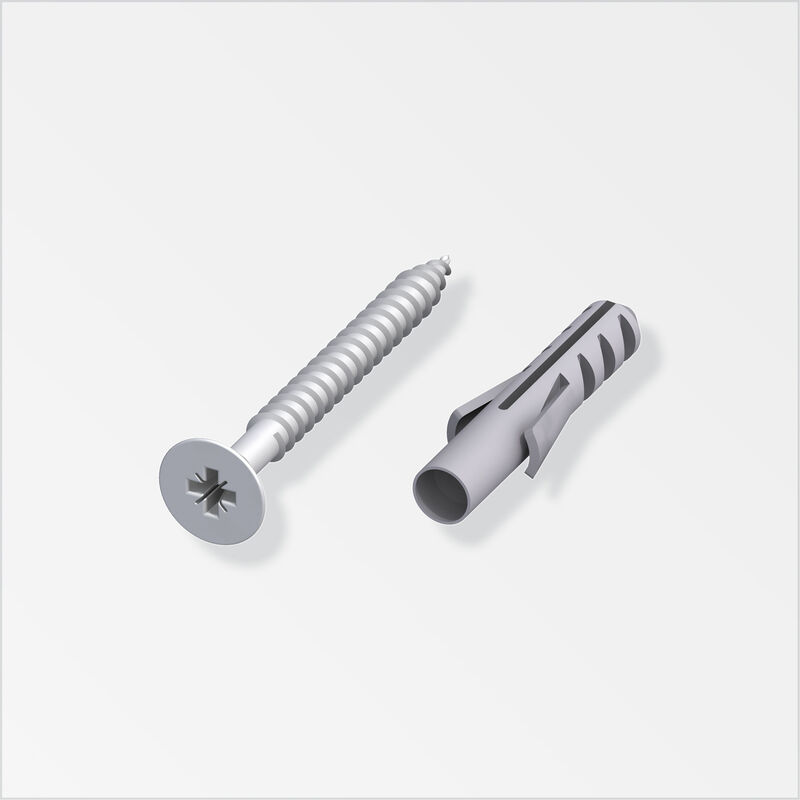
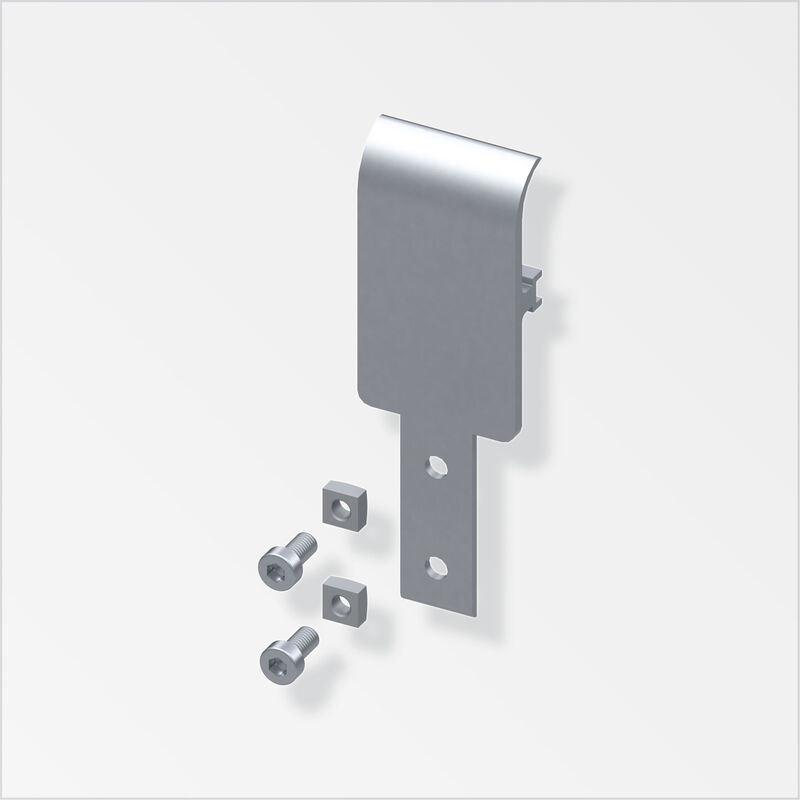
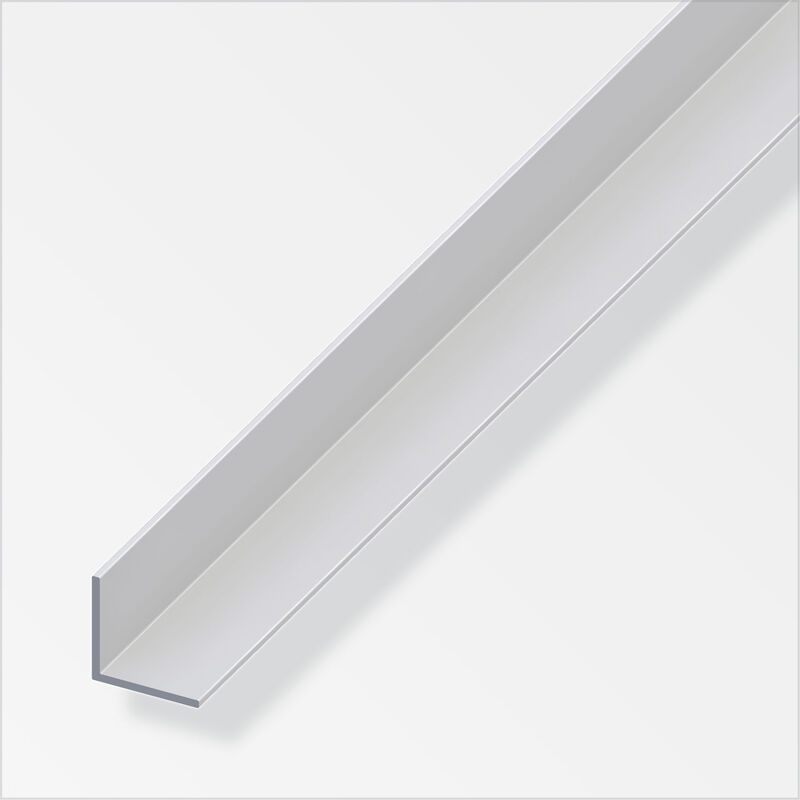
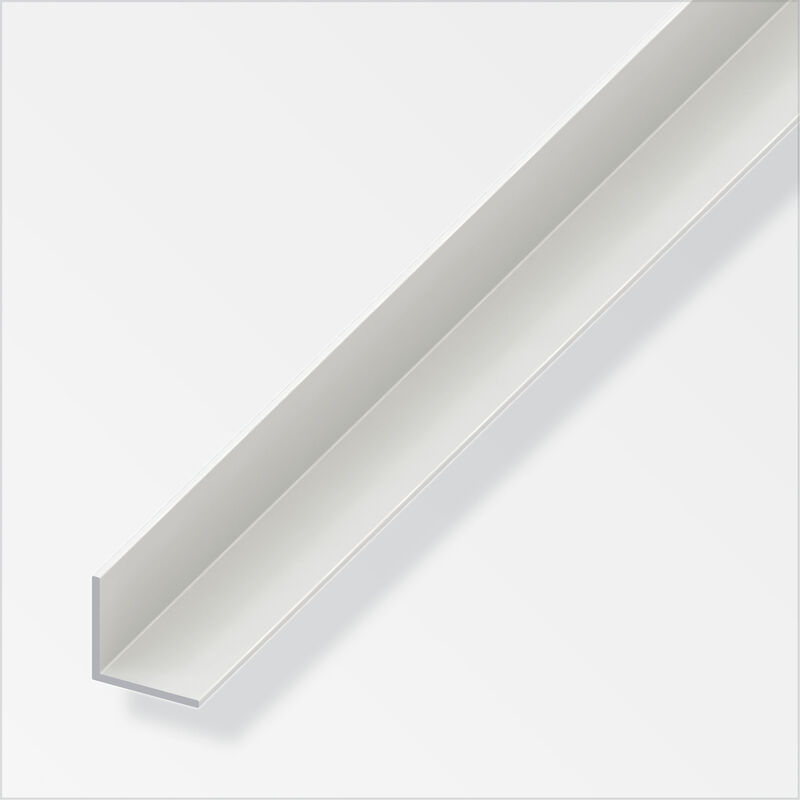
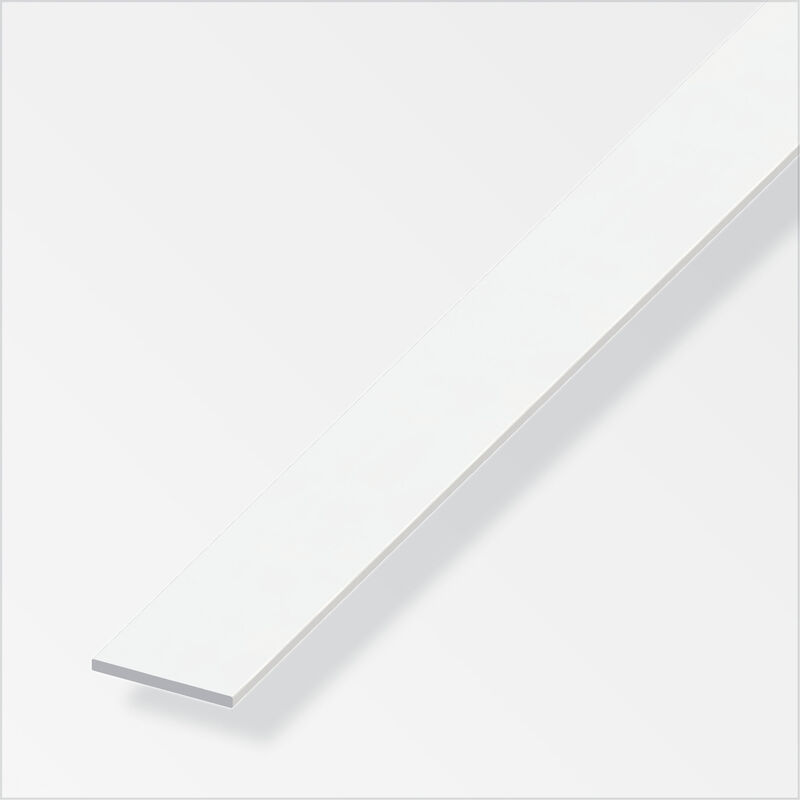
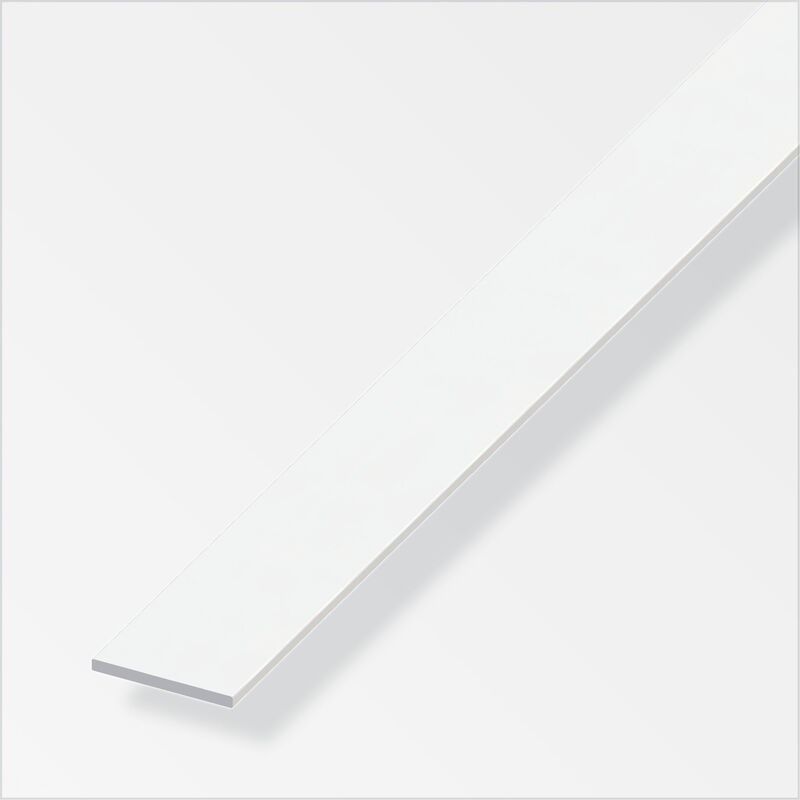
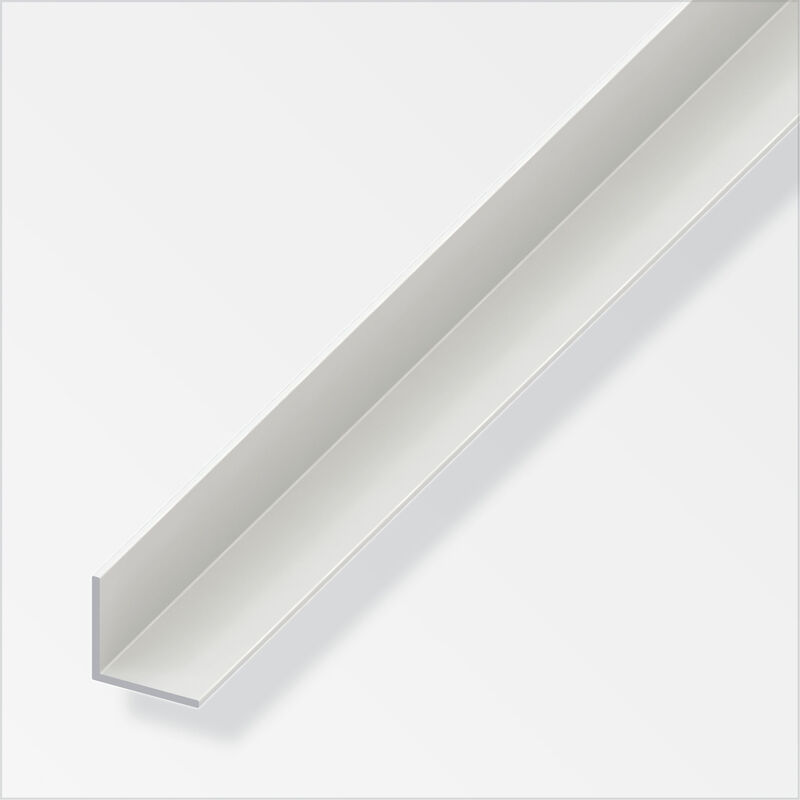
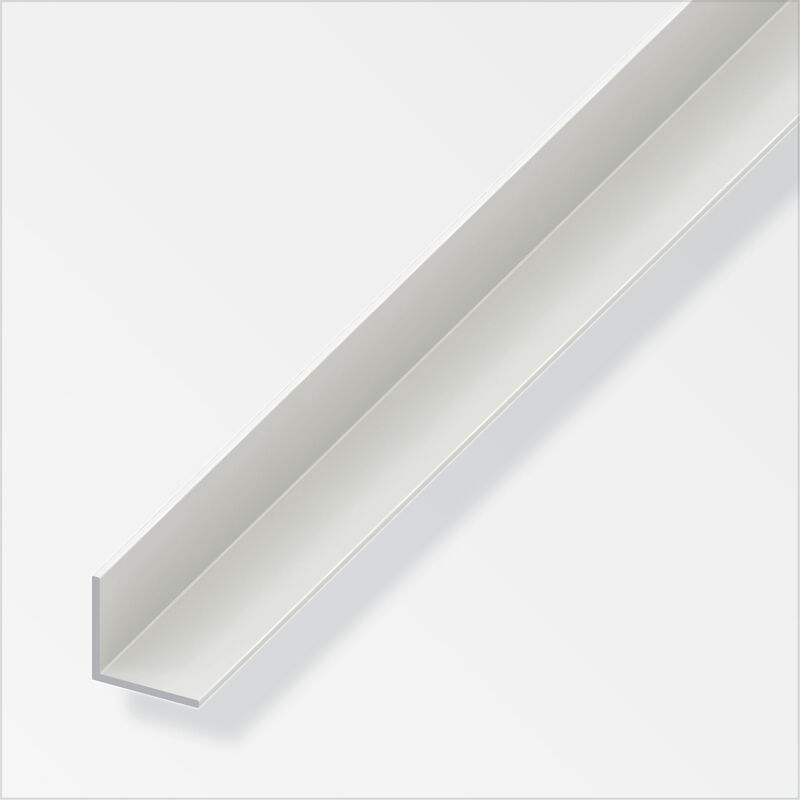
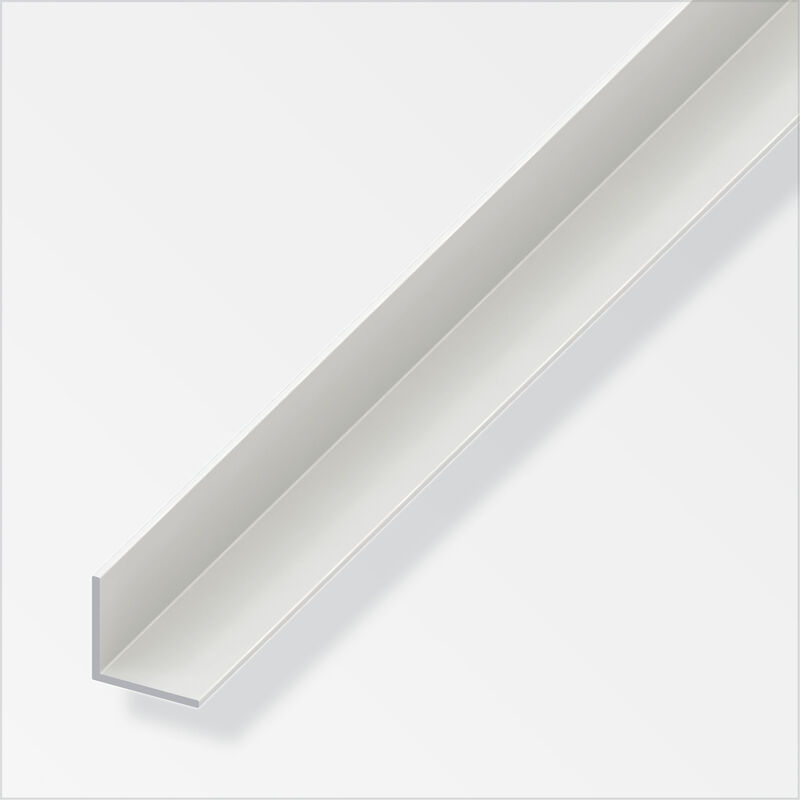
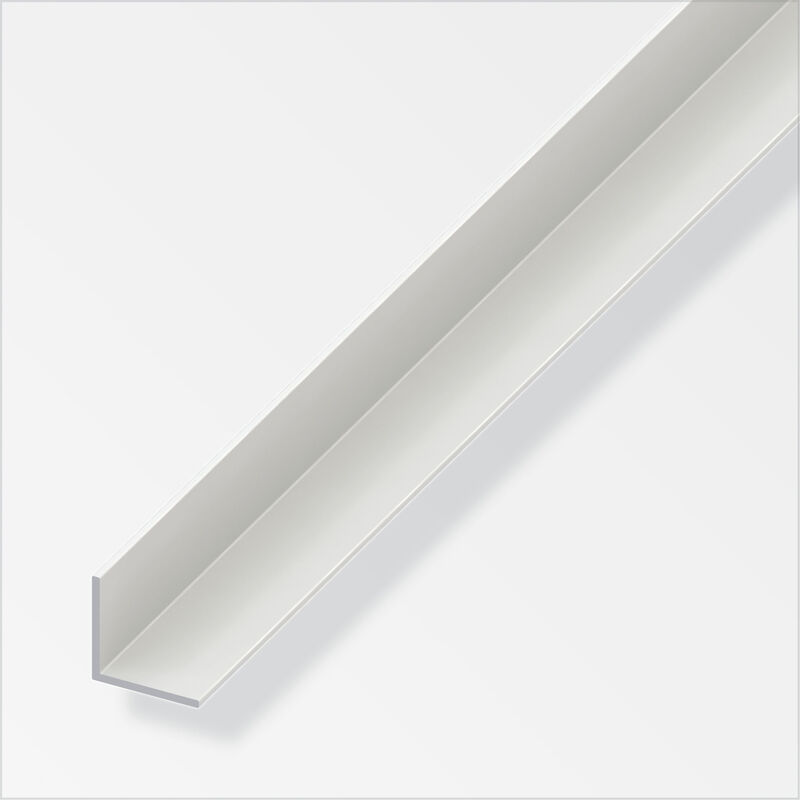
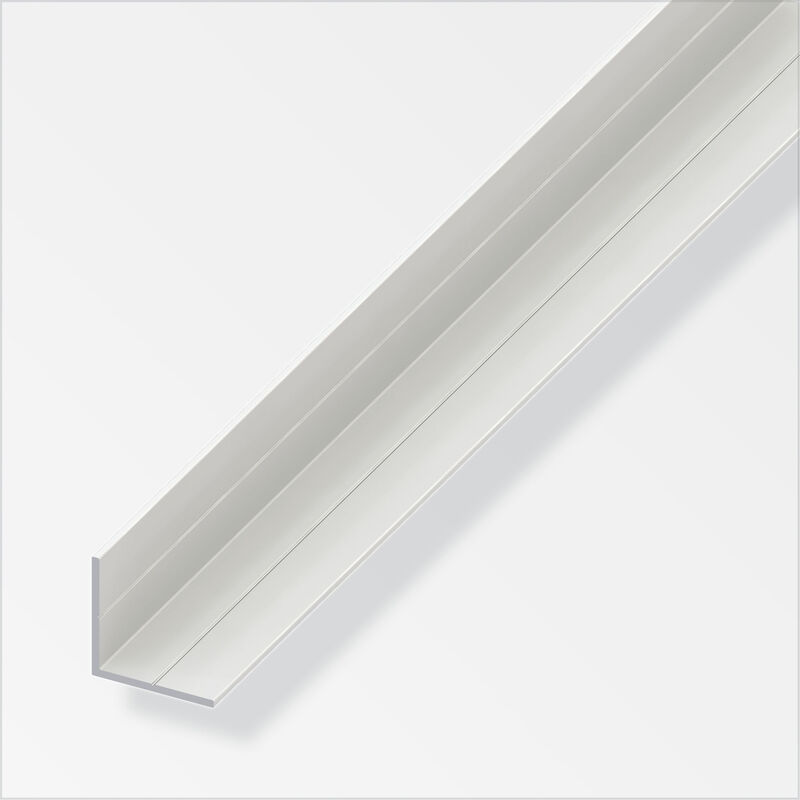

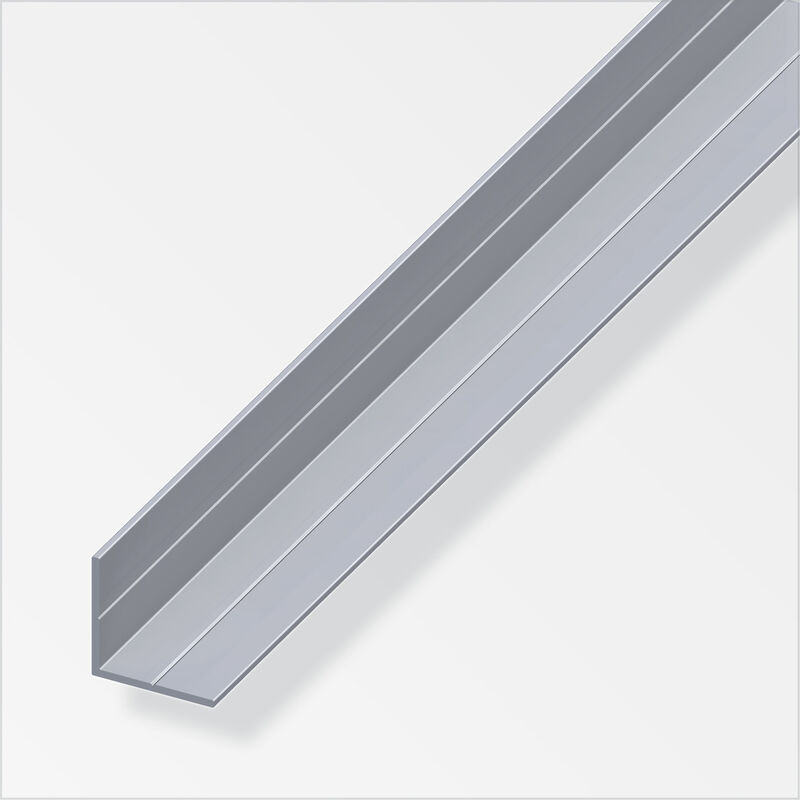
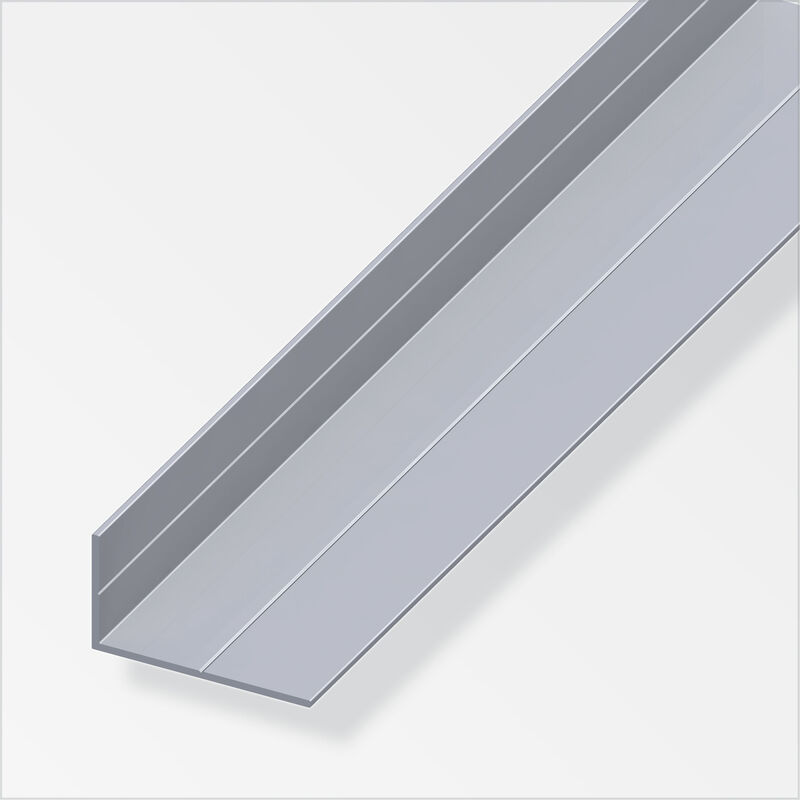
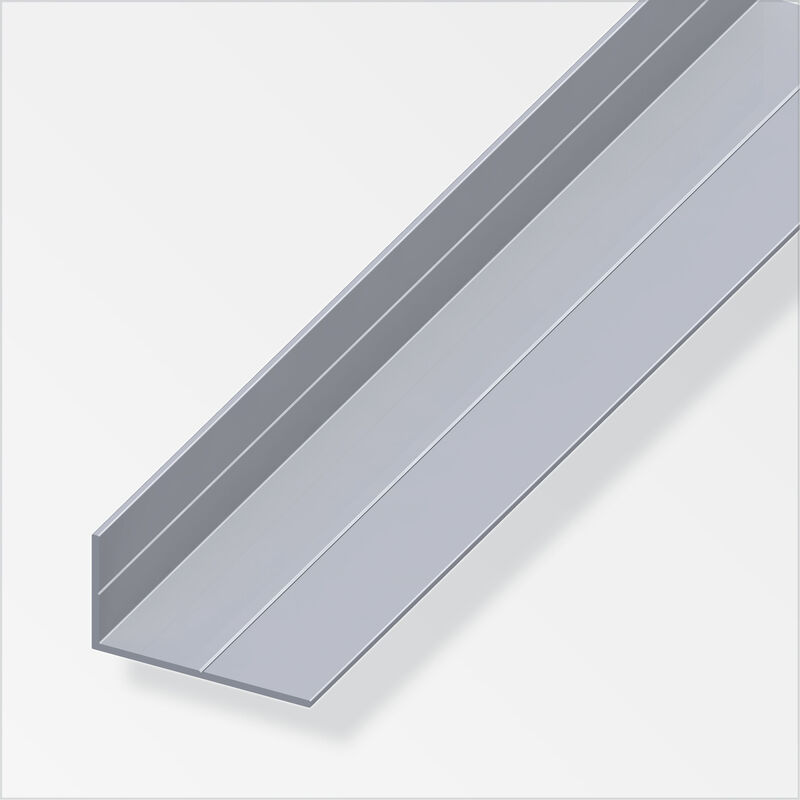
Frequently Asked Questions (FAQ)
Cavity wall insulation is an incredibly useful and cost-effective way to keep your home warm and reduce energy bills! It is a type of insulation that is installed in the cavity wall of a building, which is the gap between the internal and external walls. This type of insulation is made from materials that are designed to reduce heat loss, such as fibreglass, wool, and foam. Installing cavity wall insulation can reduce heat loss by up to 50%, helping to keep your home warm and significantly reduce your energy bills. It is also environmentally friendly, as it helps to reduce carbon emissions by decreasing the amount of energy needed to heat your home. If you're looking for a way to make your home more energy efficient and save money, cavity wall insulation is definitely worth considering.
If you're looking to keep your home warm and comfortable, insulation is key! But how thick should your loft insulation be? The answer depends on a few factors, like your loft's airtightness, the type of insulation you're using, and your local climate. Generally speaking, a minimum of 270mm of insulation should be used if you have standard roof tiles, and up to 400mm for slate tiles. But to get the best results, you'll want to measure the U-value of your loft and buy the correct type and thickness of insulation accordingly. And don't forget - the more insulation you can add, the better. You'll want to make sure there are no gaps in your insulation, as they can compromise its effectiveness. So take your time and make sure you're doing the job right. Insulation can seem like a daunting task, but it's well worth the effort. With the right materials and a bit of know-how, you can make sure your home is insulated to the highest standards - and enjoy all the benefits that come with it!
Loft insulation is the perfect way to keep your home warm and energy efficient. It works by trapping air in the space between the joists and the underside of the roof, preventing heat from escaping. This makes it much easier to keep your home warm, no matter the season. The insulation can be made of different materials, such as fiberglass or mineral wool, and can even be spray foam. Loft insulation comes in thick rolls or panels and can be easily installed by a professional. It can also be done as a DIY project, provided the necessary safety precautions are taken. It can even be used to insulate other parts of the home, like walls and garages. With loft insulation, you can reduce your energy bills and keep your home comfortable all year round. So why not give it a go? Not only will it make a difference to your wallet, but it'll also make a difference to your comfort levels.